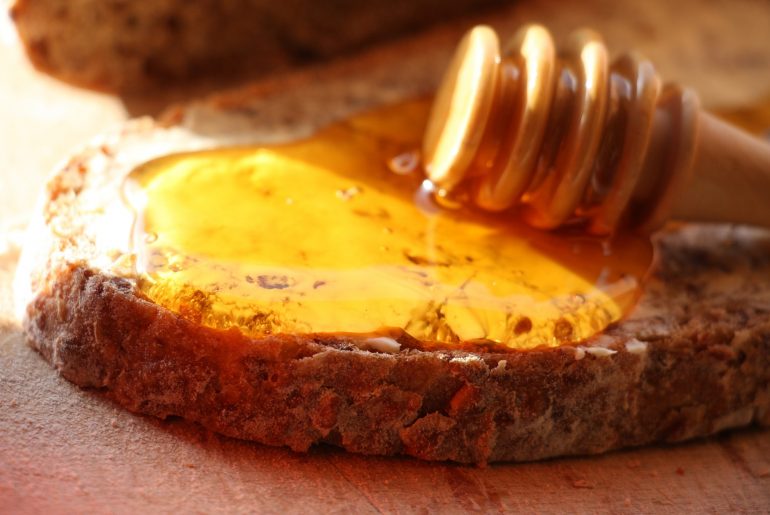There’s nothing like watching a baseball game while snacking on a bag full of legumes, except perhaps, sitting down to dinner with some warm, crusty Italian bread dipped in soybean oil. Yes, what we eat isn’t always what we think we’re eating. Here are 10 foods that you’re probably not getting what you think you paid for.
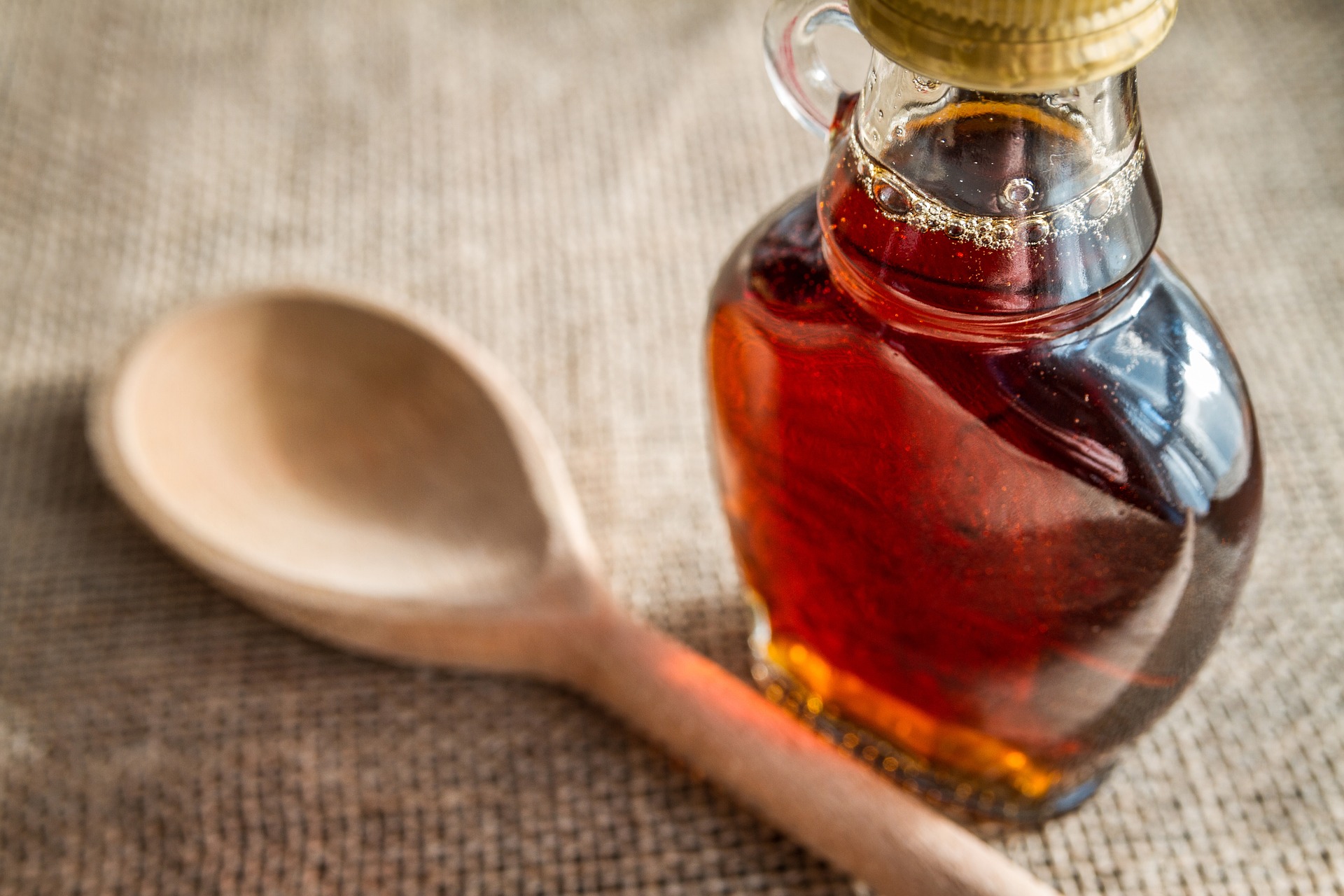
Maple Syrup
Those images of flannel-clad men tapping a tree in the wilderness are pretty much the stuff of yesterday for most mass-produced syrup brands. If your bottle says “pancake syrup” or “imitation maple,” it’s likely just flavored maple (with fillers like corn syrup and other sugars) without containing much — if any — real maple. Stick with bottles that say “pure maple syrup” when you want to smother your homemade pancake stack with the real deal.
Try these must-make Lemon Poppyseed Pancakes.
Crab stick
Ever wonder why crab stick is so inexpensive compared to real crab? Well, that’s because, while it may still be tasty, it contains no actual crab. Crab stick is pressed from a mix of ground fish and other fillers including eggs or wheat products. If you have any number of dietary considerations like celiac disease or gluten intolerance, it’s best to make sure your sushi, crab salad, or other entrees are made with real lump crab meat and not the imitation stuff.
White chocolate
White chocolate may claim to be chocolate by name, but it doesn’t actually contain any cocoa powder. According to the FDA, white chocolate must contain at least 20 percent cocoa butter to qualify at white chocolate, but that’s specially the “white chocolate” category and not the “chocolate” one.
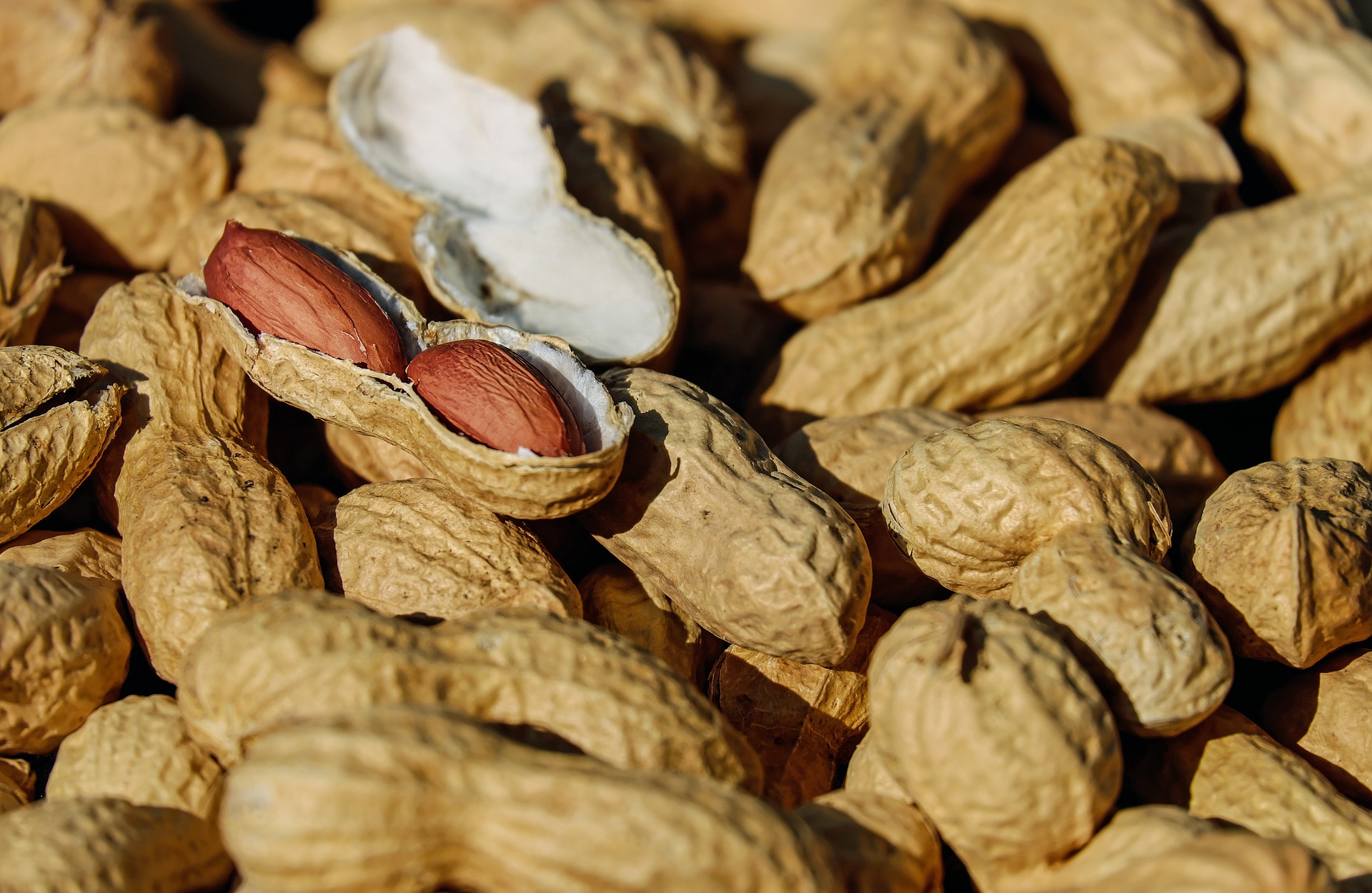
Peanuts
It’s easy to see why people consider peanuts to be nuts — it’s in the name after all — but they’re actually legumes. Peanuts are in the same family as beans, peas, chickpeas, and lentils.
American cheese
Perhaps not as surprising — American cheese. These individually-wrapped, neon orange cheese slices of your childhood are not considered real cheese. Instead, American cheese is considered a “cheese product.” It’s made by blending some real cheese, with oils and other texture and flavor-altering ingredients. Cheese it is not, but no one can take away its title as melty master of the cheese world.
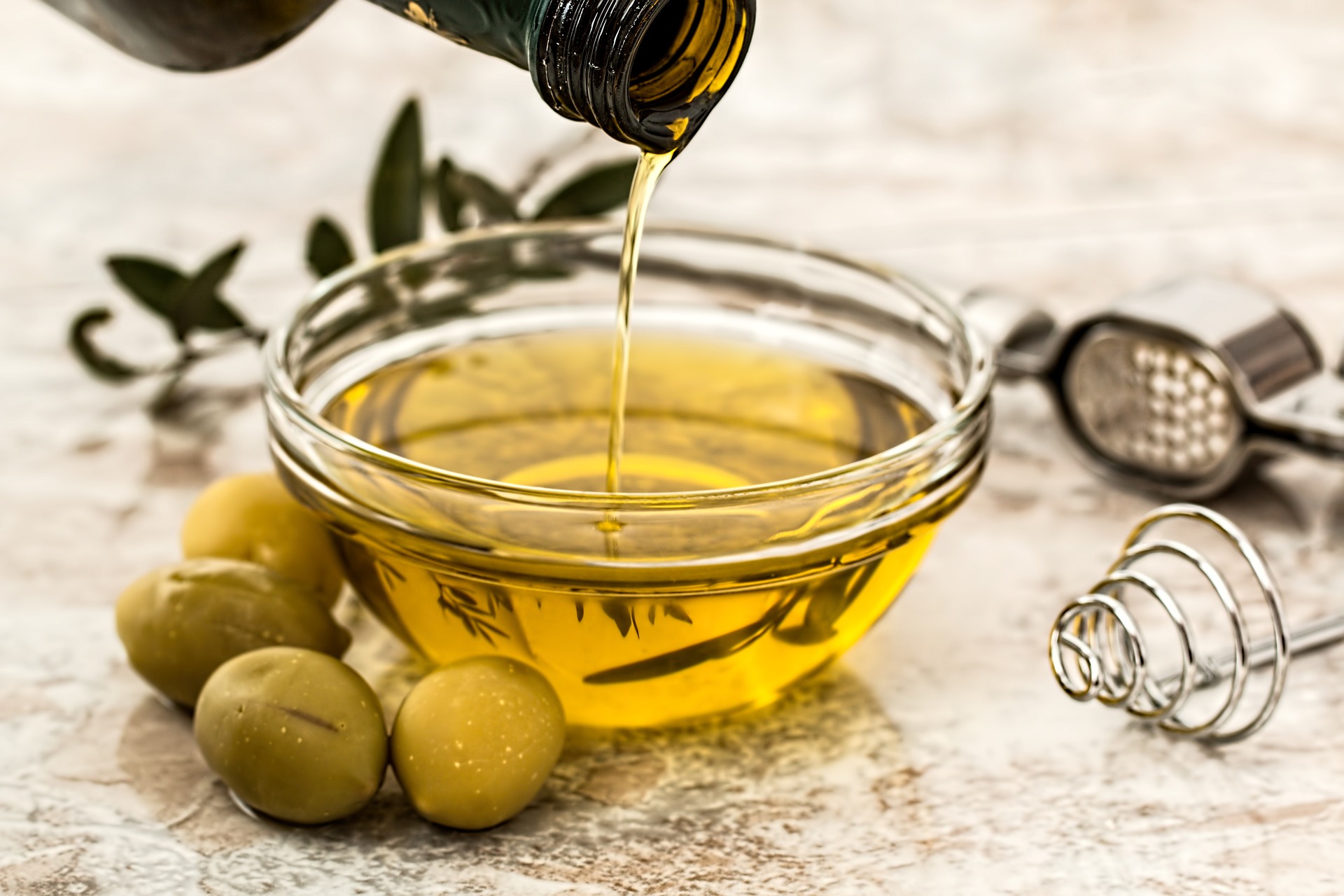
Olive oil
That mid-priced bottle of olive oil you purchased might just be an overpriced bottle of sunflower oil. According to The New Yorker, some olive oils have been replaced with or blended with other oils like hazelnut, soy, or canola to reduce production costs. The New Yorker reports that it’s actually one of the most frequently adulterated products coming out of the European Union. Adding to the problem, the F.D.A. doesn’t test olive oils to make sure they’re what they claim. So there’s a pretty good chance you’re dipping your bread in something other than just pressed olives.

Wasabi
Go to any Japanese restaurant and you’ll encounter wasabi. It’s the bright green paste served on the side of your sushi and other menu items. However, this probably isn’t the real thing. It’s estimated that only 5% of wasabi served in restaurants world-wide is made from root of the Wasabia japonica harvested from riverbeds. The real stuff must be freshly grated and loses its flavor within 15 minutes. Instead, restaurants have concocted a substitute that mixes horseradish, mustard and food coloring to make a substance much more pungent that the original.
Honey
Honey is known as one of the most wholesome ingredients around. The beloved natural sweetener is great in smoothies, tea, on yogurt, desserts, and better yet, it never goes bad! However, according to research published in the Journal of Food Science, some batches of honey have been found to be cut with high-fructose corn syrup. In fact, in 2013, a massive Chinese “honey laundering” scheme was uncovered.
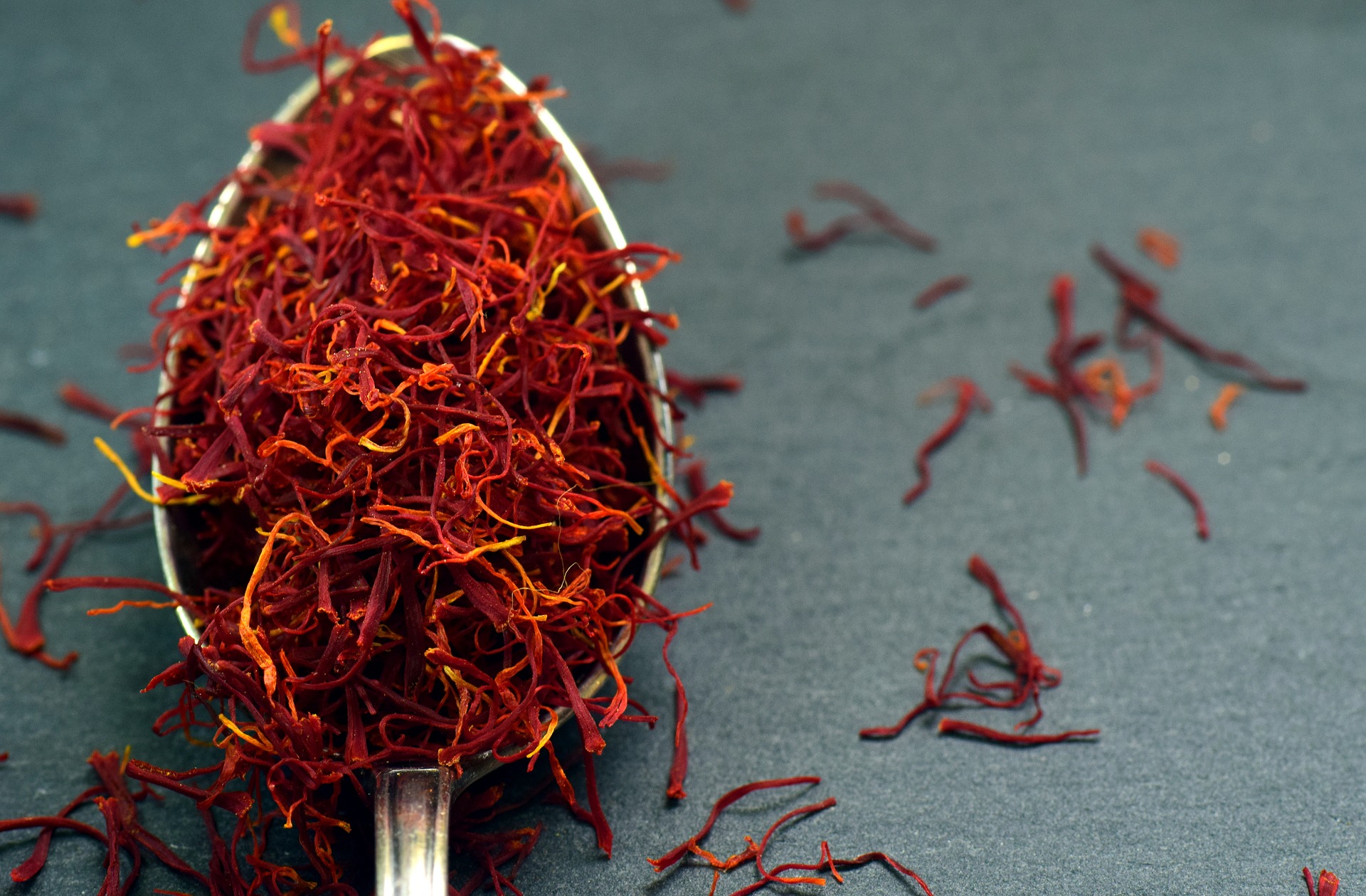
Saffron
Saffron is one of the most expensive and precious spices in the world. It takes the intense labor of harvesting about 70,000 flowers to create just one pound valued at $2,000 to $10,000, so it’s no surprise that counterfeit saffron floods the world marketplace. But if you’re looking to buy saffron, there are a few ways to tell genuine saffron from a fake. First, saffron never tastes sweet, it’s always bitter to the tongue. Saffron is always aromatic — a blend of earth, vanilla, tobacco, salty and sweet — while fake saffron will have little-to-no aroma. Genuine saffron will also have strands with diffused ends and it won’t lose its original color when placed in water. The fake stuff is usually dyed and will lose its color in water. Then, look at the water. Real saffron will turn the water honey-yellow, while fake saffron will turn it a dull red.
Bacon bits
Did you think you were getting bacon in a bottle? Perhaps not. Either way, those crispy little bits of salad topping stocked on grocery store shelves have a loyal fan following. But they’re definitely not bacon — In fact, they’re not actually meat at all. If you look at the ingredients list, they’re made from soy flour and canola oil, along with lots of artificial flavors to mimic the smokiness of real bacon. The product is marketed as “bacon-flavored” so companies aren’t technically doing anything legally wrong.
Also see, 16 U.S. states with outrageous laws about alcohol.
Shop everybodyshops.com for fun new kitchen gadgets and appliances to help make your own delicious recipes at home.

